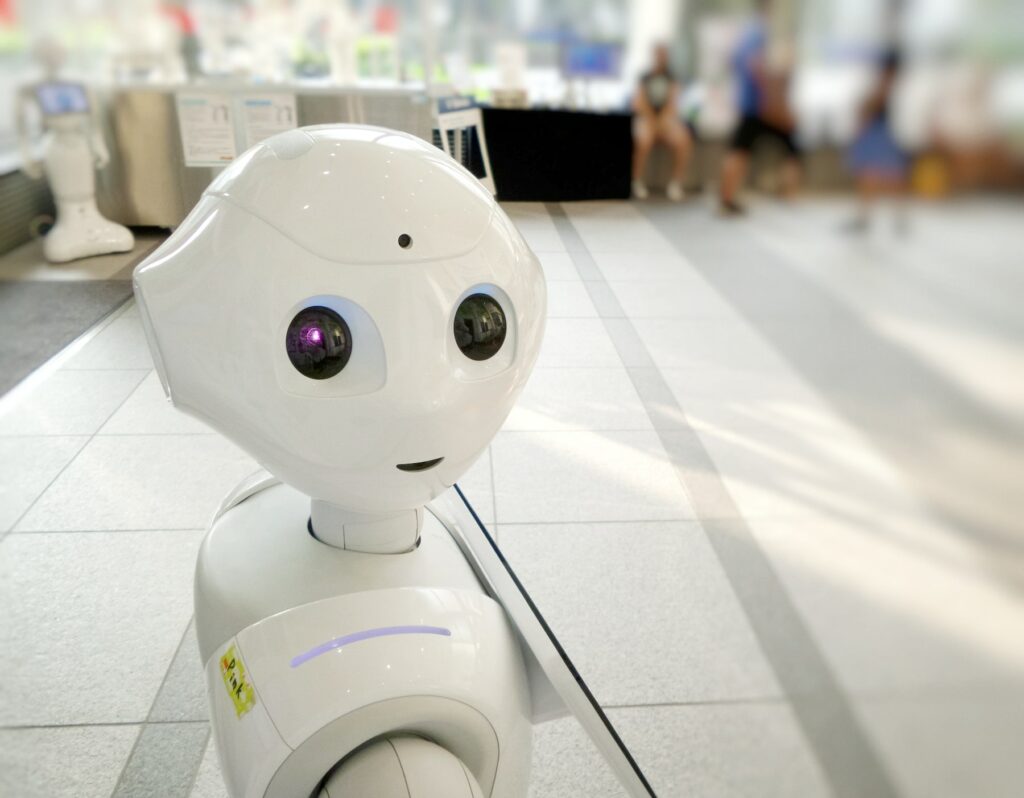Computer vision, a subset of artificial intelligence, opens a door to impressive advances in various industries. Resembling human vision, this technology analyzes and translates digital visuals into understandable contexts. By extending beyond what human eyes can perceive, it delivers deeper insights and forecasts.
So, how does this innovative tool function? Computer vision harnesses the power of cameras, intricate data, and complex computational algorithms to perceive, observe, and comprehend visual inputs. Its operation relies on a seamless blend of hardware and software that rapidly processes multi-dimensional data, providing real-time, accurate results.
The application of computer vision has revolutionized numerous sectors, most notably energy, utilities, and manufacturing. Its robust capabilities allow these industries to boost their efficiency and productivity levels. By performing tasks at incredible speeds and detecting even the slightest flaws that a human eye might miss, computer vision emerges as an essential element in modern industrial advancements.
Furthermore, computer vision technology performs multiple tasks revolving primarily around object classification, identification, and tracking. With object classification, it systematically categorizes objects in a photo or video under a preselected heading, a function crucial for visual database management. Object identification aids in distinguishing a particular object in an image or video, whereas object tracking allows the system to follow progress on an object that meets the defined search criteria.
Some of the noteworthy tools employed for computer vision include Kili Technology’s video annotation tool and OpenCV. Kili Technology’s video annotation tool delivers a plethora of features such as a range of labeling tools, spectacular tracking capabilities, support for multiple video formats, and seamless compatibility with popular cloud storage providers.
On the other hand, OpenCV serves as a software library for machine learning and computer vision. This library facilitates access to more than 2,500 novel and traditional algorithms. Not only does OpenCV identify objects and faces within images, but it also corrects for red eyes, extracts three-dimensional models, and many more.
Understanding the inner workings of such technological prowess like computer vision and using tools such as Kili Technology’s tool and OpenCV will significantly advance industries towards unprecedented growth.
Therefore, businesses seeking to implement computer vision tools should fully contemplate the possibilities and opportunities these technologies offer. Don’t be left behind; contact our tech team today for a comprehensive consultation. Harness the prowess of computer vision to enhance your business operations and stay ahead of the competition.


![The ‘Giveaway Piggy Back Scam’ In Full Swing [2022]](https://www.cjco.com.au/wp-content/uploads/pexels-nataliya-vaitkevich-7172791-1-scaled-2-683x1024.jpg)

